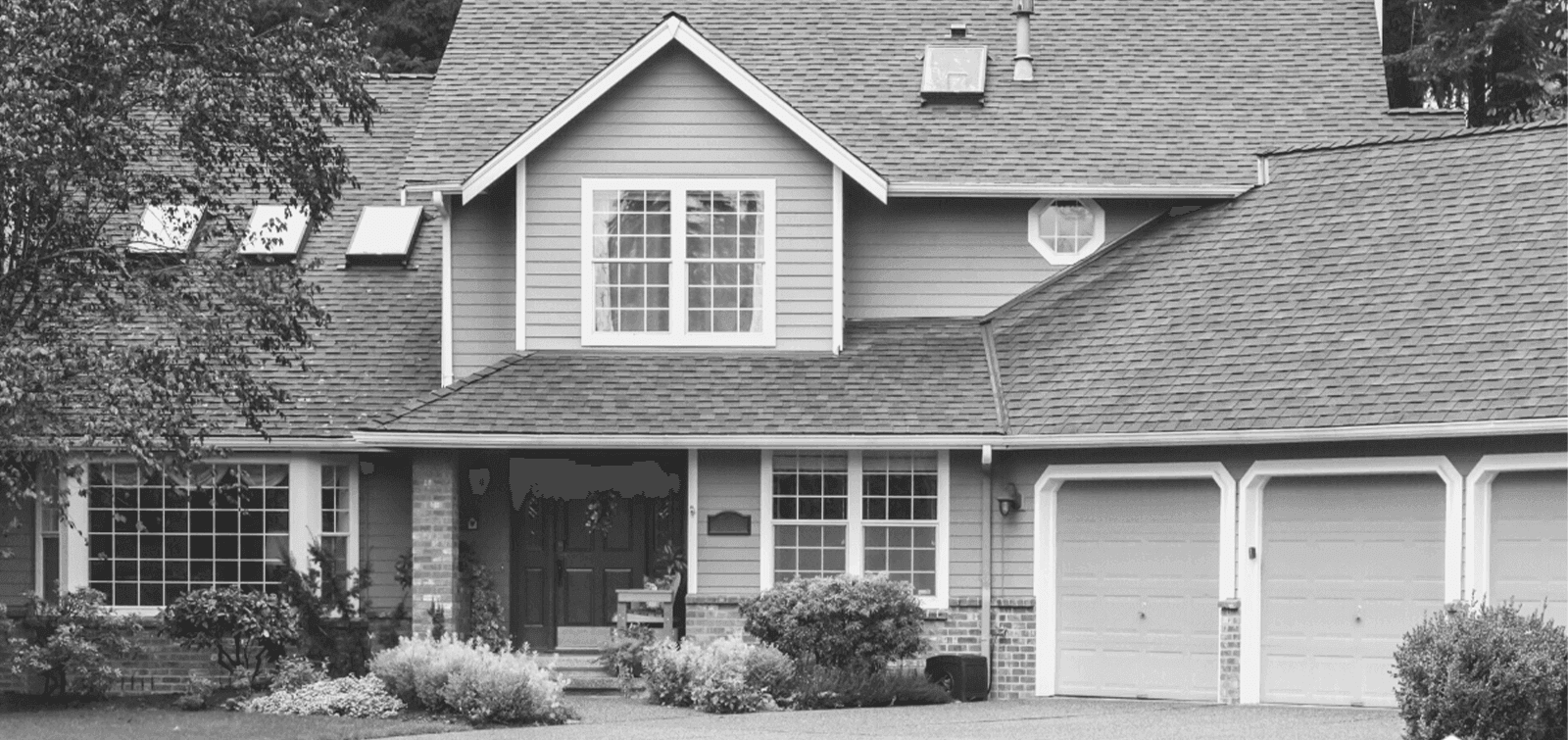
Banking from your phone?
Download our app
Welcome Back
You can access your accounts here.

Banking from your phone?
Scan the code to download our app.

not featured
2021-04-28
Home & Mortgage
archived
What is a Home Equity Line Of Credit (HELOC)?


-
Many of us can think of a time when we could use a little extra cash. And if you’re a homeowner, living in your primary home, a Home Equity Line of Credit (HELOC) can help you get that cash when you need it.
A HELOC is a line of credit secured by your home, and your home’s equity serves as collateral. In exchange, you receive a revolving line of credit -- similar to a credit card. As your outstanding balance is repaid, your line of credit is replenished.
Our homes are often our most valuable assets, so many homeowners use home equity lines of credit for items such as education or making home improvements. So if you’re ready to undertake a home improvement project, a HELOC might be the right option for you.
Keep reading to learn more about HELOCs and how they work.
How Does a Home Equity Line Of Credit Work?
With HELOCs, the homeowners are approved for a specific amount of credit. Credit limits on home equity lines are typically set by lenders by taking a percentage of the home’s appraised value and subtracting the amount owed on the existing mortgage.
When determining your credit limit, other factors that lenders will look into include your income, debts, credit score and other financial history.
The borrowing period for a HELOC is generally set for a fixed amount of time, which is also known as the draw period. Draw periods typically last for 5 or 10 years, and you may have the option to renew when the draw period ends.
During the draw period, you may only be required to make a small, interest-only payment -- though this depends on your lender. After the draw period ends, the repayment period begins. The repayment period typically lasts 20 years. From that point on, you’re paying off the principal -- the loan amount -- plus interest.
Some HELOC contracts may allow you to pay extra during the draw period, which would then go against the principal amount. If this is something you’re interested in, be sure to discuss it with your HELOC lender.
Fixed Interest Rate or Variable Interest Rate?
Because a home equity line of credit is using your home as collateral, HELOCs can often provide more competitive interest rates when compared to other types of credit lines.
Similar to adjustable-rate mortgages, most HELOCs operate with variable interest rates. This means the amount of interest you’re required to pay will change from month to month. That specific interest rate is calculated using two components: the index and the margin.
Most HELOCs operate with variable interest rates. That means the amount of interest you’re paying will be different each month. Variable interest rates for HELOCs are calculated using two different numbers: the index and the margin.
The interest rate index is a financial indicator that is used to help calculate the interest rate that lenders may charge on financial products, such as mortgages. The margin, on the other hand, is the number of percentage points the lender adds on to the index to set the interest rate. These terms will be set in your contract. While the interest rate index may change over the duration of your HELOC, the margin will not change.
What Are the Advantages of HELOCS?
Low interest rates on home equity lines of credit make them a popular choice with many advantages over other types of loans. Learn about some of the other benefits:
Tax Implications: If you use home equity line of credit money on home improvement projects, the interest may be tax-deductible*. Additionally, Additionally, the interest paid up to $100,000 in loan principal may be tax-deductible* for many borrowers since it falls under the “mortgage” category. *Consult a tax advisor for further information regarding the deductibility of interest and charges.
Flexibility of Borrowing: With a HELOC, it’s your choice about how much you borrow. And when you borrow. Other types of loans may require the borrower to take out a lump sum, but HELOCs are more flexible. Your monthly payments will reflect only the amount you actually borrow.
No Restrictions on Your Funds: Many other types of loans require the funds to be used for a specific purpose. With HELOCs, this isn’t the case -- you can use the money however you’d like. And you don’t need to justify your plans to the lending agency.
Flexible Repayment Options: You get to decide when and how you’d like to pay off your HELOC. Whether you decide to make interest-only payments during the draw period or pay more against the principal, your repayment options are flexible.
When considering a home equity line of credit, be sure to weigh the advantages and disadvantages to be sure you aren’t undertaking undue financial risks. Remember that failure to repay the amounts you’ve borrowed, plus interest, could mean losing your home.
Home Equity Line Of Credit with Armed Forces Bank
Armed Forces Bank offers HELOCs so our valued service members and families can get the cash you need, when you need it. Access as little or as much of your credit line as you like and use the funds for whatever you need -- a kitchen remodel, debt consolidation, education expenses, a major purchase, a financial reserve for unexpected expenses, and more.
- Features of Armed Forces Bank home equity lines of credit include:
- Fixed introductory rate special for 6 months
- Borrow up to 85% of your home's value
- Low minimum monthly payments*
- Annual fee waived with auto-draft monthly payments
- Low or no closing costs*
- A lower interest rate than most credit cards
- Easy access to your funds*
* Restrictions apply
Your Partner in Personal Banking
No matter your financial needs, Armed Forces Bank is here for you through it all. Even during these uncertain times, we want you to know that we’re working hard to be your go-to bank.
And if you’re in the market for a HELOC for your primary home, we make it easy to apply online.
Member FDIC
Subject to credit approval.